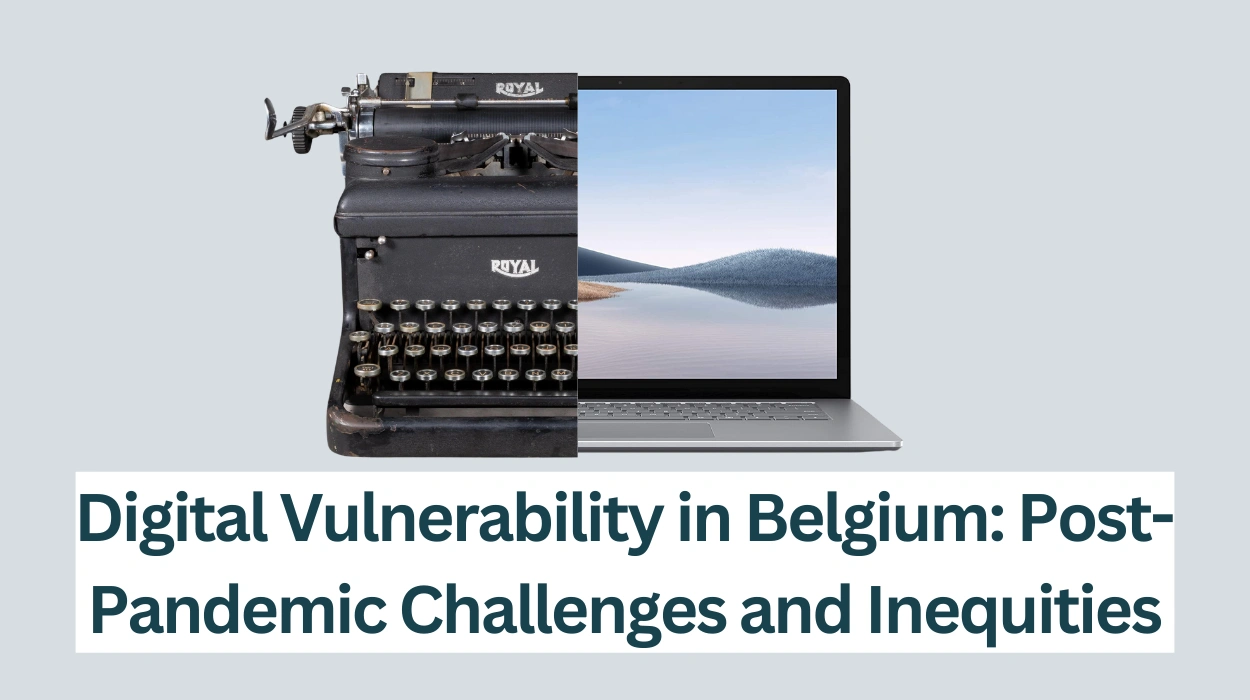Brussels (Brussels Morning) – The King Baudouin Foundation’s latest report reveals that 40% of Belgians are digitally vulnerable, a pre-pandemic level. This group lacks internet skills, hindering full integration into digital society, and urging inclusive alternatives.
It has come to light that 40 per cent of the Belgian population remains digitally vulnerable. This means that the country is back at the level it was before the coronavirus crisis. That large group never uses the internet, or their digital knowledge leaves much to be desired. This was evident from the new Barometer for digital inclusion, drawn up on behalf of the King Baudouin Foundation (KBD).
Who are the most digitally vulnerable groups in Belgium?
“It’s still going too fast,” says researcher Koen Ponnet (UGent). “It’s up to the banks and the government to take responsibility and ensure that everyone is on board or can seek help. Because not everyone has a network where they can go with questions.”
“The increasingly rapid digitalization of our society is not accompanied by a proportional increase in digital skills,” the foundation notes. “Many people, especially those who are already vulnerable socially, economically and culturally, are still unable to fully benefit from the increasing digitalization of our society.”
In the previous barometer, for 2021, 46 per cent of the population was digitally vulnerable. Two years earlier, and therefore before the digital acceleration of the corona period, 40 percent were also digitally vulnerable.
Why is the digital divide widening in Belgian society?
The KBS determined that 5 percent never surf the internet, and another 35 per cent have too little digital knowledge. Although Belgium is making progress, our country is below the European average, and well below the score of our neighbouring countries.
One of the striking findings is that a quarter of people who live in a household that earns less than 1,400 euros per month only have a smartphone to go online. This makes it difficult for that group to do administration or draw up an application letter. Among people with a high income, only 7 per cent have a smartphone.
How does income affect digital inclusion in Belgium?
Different skills determine the level of digital vulnerability. It is striking that the level achieved remains relatively stable over the years. “The rapid and constant evolution of digital technologies is not followed by an acceleration of skills,” the foundation states. Online security in particular appears to be difficult: 28 percent know nothing about it, another 30 percent consider their knowledge to be limited. And although online crime can have major consequences, only a quarter say they are concerned about their online security.
The KBS notes that it is a myth that all young people are digital natives. The digital skills of more than half of low-skilled young people are poor, compared to 10 per cent of their highly educated peers. Compared to the previous barometer, that gap has more than doubled.
The slow progress in the figures makes it clear to the organization that the digital world is and remains inaccessible to many people, especially those in a socially, economically and culturally vulnerable position. The foundation fears that this will not improve substantially in the short term. As far as KBS is concerned, digital inclusion must continue to be promoted, but “high-quality alternatives to online services must also continue to be offered”. This concerns face-to-face or telephone contacts.



